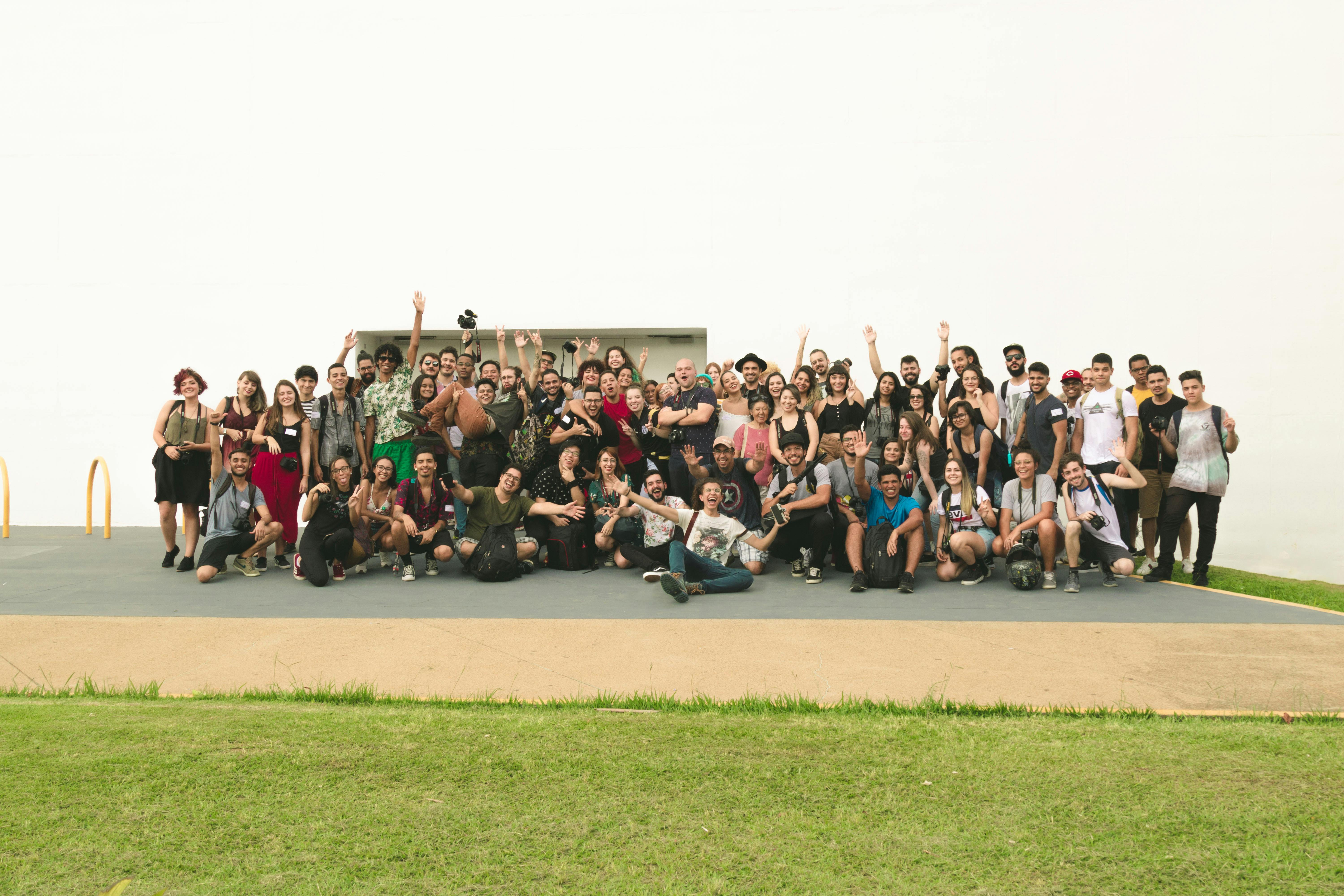A water treatment and energy plant could be used to electrify a village of 50,000 residents. The plant would need to be sized to generate enough electricity to meet the village's needs, which would depend on the number of homes and businesses in the village, as well as the amount of electricity each household uses.The plant would also need to be designed to treat the wastewater from the village. The wastewater would be used to produce the heat, which would then be used to generate electricity. The treated wastewater would then be discharged back into the environment.The cost of building a water treatment and energy plant would vary depending on the size of the plant and the cost of materials and labor in the area. However, the cost of the plant could be offset by the savings from generating ectricity.
The following are some of the factors that would need to be considered when designing the water treatment and energy plant to electrify a village of 50,000 residents:
- The size of the village and the amount of electricity it needs.
- The cost of materials and labor in the area.
- The environmental impact of the plant.
If a baby water treatment and energy plant is properly designed and operated, it can be a sustainable and cost-effective way to electrify a village. The plant can help to reduce the environmental impact of wastewater treatment, while also providing a source of renewable energy.Here are some additional details about how a water treatment plant could be used to electrify a village of 50,000 residents:
- The plant would need to be sized to generate enough electricity to meet the village's needs. This could be done by estimating the average electricity consumption of each household in the village and then adding a buffer to account for peak demand.
- The plant would also need to be designed to treat the wastewater from the village. The treated wastewater would then be discharged back into the environment.
- The cost of building a water treatment plant would vary depending on the size of the plant and the cost of materials and labor in the area. However, the cost of the plant could be offset by the savings from generating electricity.
- The following are some of the factors that would need to be considered when designing a water treatment plant to electrify a village of 50,000 residents:
- The size of the village and the amount of electricity it needs.
- The cost of materials and labor in the area.
- The environmental impact of the plant.
- If a water treatment plant is properly designed and operated, it can be a sustainable and cost-effective way to electrify a village. The plant can help to reduce the environmental impact of wastewater treatment, while also providing a source of renewable energy.

